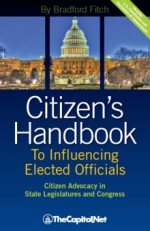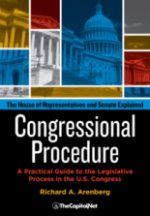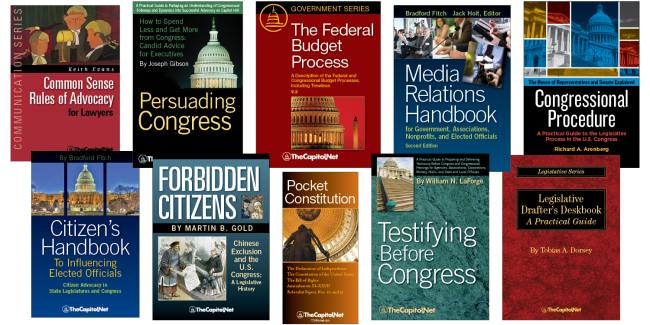From the Congressional Glossary – Including Legislative and Budget Terms
Because appointments to Federal District and Circuit Courts of Appeals, and the Supreme Court, are lifetime appointments, the Senate plays a constitutional (Article. II. Section. 2.) and active role in such appointments. The stakes in judicial appointments are often seen as being quite high by most senators.

The president typically consults senators from the home state of a prospective nominee when making judicial nominations. This is particularly true when the senator is in the same party as the president. Once the judicial nomination has been received by the Senate, it is then referred to the Judiciary Committee and the committee chair directs a blue slip to senators from the state of the nominee. The blue slip may be used by senators for indicating either approval or disapproval of the nominee. In the case of a Supreme Court nominee, he or she will often make a courtesy call on members of the committee and often on other senators.
The breadth and time involved in the hearings conducted by the Judiciary Committee varies based on the type of nomination and the level of support for that nominee. In the case of a district judge who is supported by both home state senators and in which there is little controversy, the matter might be handled through a hearing that covers multiple judges.
How do US Supreme Court justices get appointed? – Peter Paccone
The nomination of a person to the Supreme Court usually involves a hearing that lasts at least several days. The length of time involving Supreme Court nominations allows the nominee to testify and gives committee members the opportunity to ask questions of the nominee at length. Numerous witnesses may also provide testimony after the nominee regarding a variety of factors for the committee to take into consideration.
A nomination can land in trouble when there are concerns regarding the views of the nominee or the character of the nominee. In some instances, political factors that are completely independent of the nominee can thwart a nomination. For instance, during a presidential election year, the Senate might be reluctant to oblige the sitting president by confirming a large number of nominees.
More
- Blue-Slip Resolution / Star Print / Blue Slip (CongressionalGlossary.com)
- Judgeship Appointments By President, US Courts
- FAQs: Federal Judges, US Courts
- Judiciary, Senate
- Supreme Court Nominations
- Ch. 8.B. Nominations, in Congressional Procedure
- Congressional Deskbook, Section 10.121 Nominations to Federal Courts.
- Nomination / Confirmation (CongressionalGlossary.com)
- Eight Mechanisms to Enact Procedural Change in the U.S. Senate, CRS Insight IN10875 (5-page PDF
 )
) - “The History of the Blue Slip in the Senate Committee on the Judiciary, 1917-Present,” CRS Report RL32013 (35-page PDF
 )
) - “The Blue Slip Process for U.S. Circuit and District Court Nominations (1917-Present),” CRS Report R44975 (21-page PDF
 )
) - “Judicial Nomination Statistics and Analysis: U.S. Circuit and District Courts, 1977-2022,” CRS Report R45622 (56-page PDF
 )
) - “The Blue-Slip Process in the Senate Committee on the Judiciary: Background, Issues, and Options,” CRS Report RS21674 (8-page PDF
 )
) - “History and Context of the Blue Slip Courtesy,” Senate Judiciary Committee, November 2, 2017 (6-page PDF
 )
)
Courses
- Congressional Operations Briefing – Capitol Hill Workshop
- Drafting Federal Legislation and Amendments
- Writing for Government and Business: Critical Thinking and Writing
- Custom Training
- “Preparing and Delivering Congressional Testimony and Oral Presentations” a Five-Course series on CD
- “Congress, the Legislative Process, and the Fundamentals of Lawmaking Series” a Nine-Course series on CD
Publications

Testifying Before Congress |

Pocket Constitution |

Citizen’s Handbook to Influencing Elected Officials: A Guide for Citizen Lobbyists and Grassroots Advocates |

Congressional Procedure |
CongressionalGlossary.com, from TheCapitol.Net
For more than 40 years, TheCapitol.Net and its predecessor, Congressional Quarterly Executive Conferences, have been teaching professionals from government, military, business, and NGOs about the dynamics and operations of the legislative and executive branches and how to work with them.
Our custom on-site and online training, publications, and audio courses include congressional operations, legislative and budget process, communication and advocacy, media and public relations, testifying before Congress, research skills, legislative drafting, critical thinking and writing, and more.
TheCapitol.Net is on the GSA Schedule, MAS, for custom on-site and online training. GSA Contract GS02F0192X
TheCapitol.Net is now owned by the Sunwater Institute.
Teaching how Washington and Congress work ™

